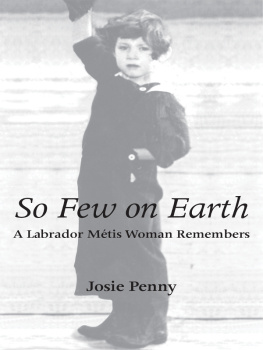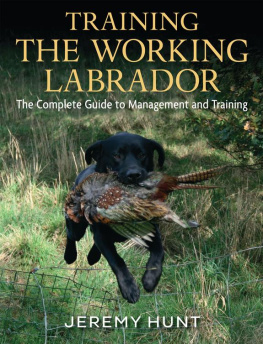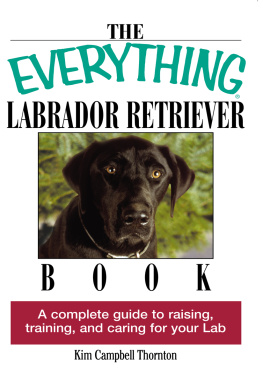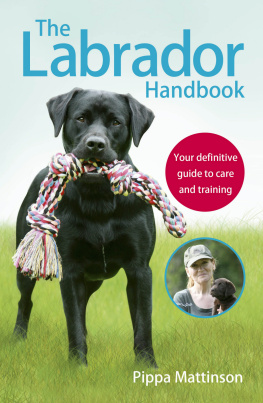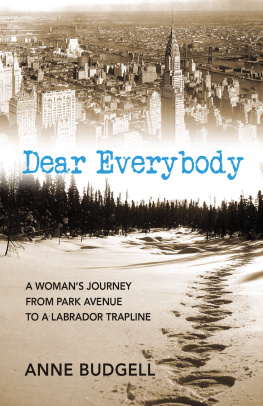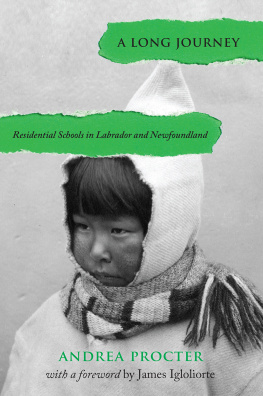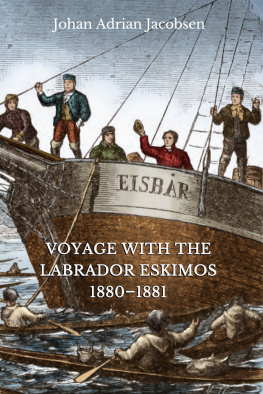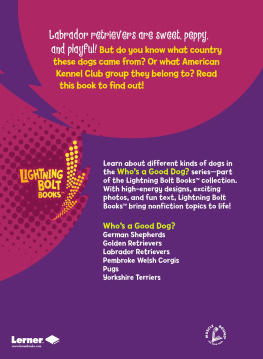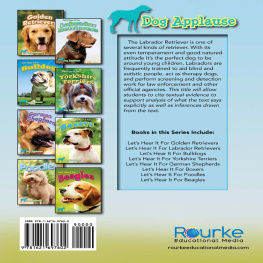
So Few on Earth
So Few on Earth
A Labrador Mtis Woman Remembers
Josie Penny

DUNDURN PRESS
TORONTO
Copyright 2010 Josie Penny
All rights reserved. No part of this publication may be reproduced, stored in a retrieval system, or transmitted in any form or by any means, electronic, mechanical, photocopying, recording, or otherwise (except for brief passages for purposes of review) without the prior permission of Dundurn Press. Permission to photocopy should be requested from Access Copyright.
Editor: Michael Carroll
Design: Courtney Horner
Map of Labrador by Christopher Pandolfi
Printer: Transcontinental
Library and Archives Canada Cataloguing in Publication
Penny, Josie
So few on earth : a Labrador Mtis woman remembers / by Josie Penny.
ISBN 978-1-55488-709-5
1. Penny, Josie. 2. Mtis women--Newfoundland and
Labrador--Biography.
I. Title.
FC109.1.P45A3 2010 971.82004'970092 C2009-907441-9
1 2 3 4 5 14 13 12 11 10

We acknowledge the support of the Canada Council for the Arts and the Ontario Arts Council for our publishing program. We also acknowledge the financial support of the Government of Canada through the Canada BookFund and The Association for the Export of Canadian Books, and the Government of Ontario through the Ontario Book Publishers Tax Credit program, and the Ontario Media Development Corporation.
Care has been taken to trace the ownership of copyright material used in this book. The author and the publisher welcome any information enabling them to rectify any references or credits in subsequent editions.
J. Kirk Howard, President
Printed and bound in Canada.
www.dundurn.com
Dundurn Press
3 Church Street, Suite 500
Toronto, Ontario, Canada
M5E 1M2 | Gazelle Book Services Limited
White Cross Mills
High Town, Lancaster, England
LA1 4XS | Dundurn Press
2250 Military Road
Tonawanda, NY
U.S.A. 14150 |
First of all, I dedicate this book to my four children,Gregory, Darlene, Catherine, and Mark, who, thoughthey were born in Happy ValleyGoose Bay, Labrador,arent familiar with the primitive lifestyle of their mother.I also dedicate this book to my nine grandchildren, allof whom were born in Ontario and have no concept ofLabrador. I wish also to dedicate this book to my parents,Thomas and Flossie Curl, especially in light of theirtenacity and determination to survive in Labradorsisolated wilderness. And lastly, I dedicate this book toViolet Dyson, a dear cousin, who in the later years aftermy parents deaths was the only source available to me forinformation about Roaches Brook and Spotted Islandplace of my birth. Thank you, Sissy.
Contents
Introduction: The Wild Land That Is My Home
A special thank-you and much gratitude to my original manuscript editor, Mary Labatt, who was extremely encouraging from the first phone call when I told her just a wee part of what my book was about.
I would also like to thank Robert Nielsen, my first teacher at McMaster University, who in our initial class told us two things: Writewhat you know and Let the chips fall He was encouraging to the point of excitement when I told him I had only a grade seven education and that maybe I didnt belong in his class.
I owe a great deal to my friends Dora (Eagles) Learning and Dr. Doris (Martin) Saunders (now deceased) and all the other family and friends from Cartwright and the Sandwich Bay area who gave me tidbits of information. I thank all who encouraged me along the 10-year journey of writing this book. You know who you are.
I want to acknowledge the help of my son, Mark Penny, who was able to scan hundreds of pages back into my computer after losing them all in a crash. Luckily, Id printed the pages out. Thank you, Mark!
Last but certainly not least, I want to thank my husband, Keith (now married 49 years!). Over the decade its taken to complete this book, hes been interested, supportive, not interested, and indifferent. At one point he wanted me to self-publish and he even thought about starting his own publishing and book-binding company. And when I whined about the printer or computer not working, he was patient with me.
All in all, this book has been an experience Ill never forget! It has enlightened my life beyond all understanding.
Introduction
The Wild Land That Is My Home
W hen I tell new acquaintances Im from Labrador, I always get the same response. They tell me theyve never met anyone from there before. I always reply with pride, Thats because there are so few of us on Earth.
In the far eastern section of the Canadian Shield, Labrador is 112,000 square miles and has a 700-mile coastline. When we think about this vast area in relation to its population of only 35,000, we can easily see that its one of the most sparsely inhabited regions of Canada. As he approached Labradors rugged terrain, immense mountain ranges, and stark coastal plains in 1534, Jacques Cartier is said to have remarked that it looked like the land God gave to Cain.
Labrador is where the navy blue of the ocean is in stark contrast to the majestic icebergs that score the seabed as they make their way through the North Atlantic. Although tourists admire the icebergs, fishermen find them a problem. Icebergs are a hazard to fishing boats, destroy expensive fishing gear, and can even block passage to the open sea.
The thousands of islands off the coast are home to millions of seabirds that cling to the rocky ledges on cliffs that shoot straight up from the sea. The barren coastline is bare of trees except for sheltered crevices where bushes are dwarfed from the constant battering of ocean storms. Farther inland, tall, resilient trees stand like giant arrows piercing the clear blue sky. One can still kneel and drink the cool, fresh water from Labradors thousands of rivers and streams as they wind through the mountains to the North Atlantic. The majestic Mealy Mountains are home to one of the largest caribou herds in the world. And sports fishermen flock to Labradors many rivers to enjoy fishing beyond all expectations.
We are a people of mixed race. I am Mtis, as are many Native Labradorians. When immigrants from the British Isles and France arrived on the shores of Labrador by ship, they married indigenous people. Living in isolation with two or three heritages in a family has given Native Labradorians a rich, unique culture and has created my branch of the Mtis.
Our racial heritage comes from the Inuit people in the north, the Naskapi in the interior north, and the Montagnais who lived inland and farther south. These peoples, together with the French, English, Scottish, and Irish, produced Mtis who are often short in stature, olive-skinned, and dark, usually with startling blue or hazel eyes. In my own family, Inuit features predominate, as do blue and hazel eyes. In the dialect of the Native Labradorian, we refer to ourselves as Livyers. The origin of the word is lost, but one can surmise that it has come down through time from the phrase, living here, or perhaps living here for years.
Next page
